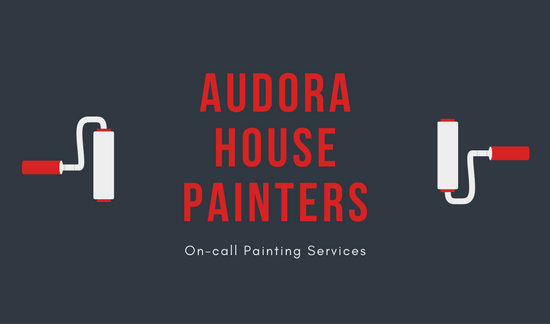Understand The Duty Of Weather In Business Painting Projects And Learn Vital Techniques To Efficiently Browse Uncertain Conditions For Ideal Outcomes. What Will You Learn Next?
Understand The Duty Of Weather In Business Painting Projects And Learn Vital Techniques To Efficiently Browse Uncertain Conditions For Ideal Outcomes. What Will You Learn Next?
Blog Article
Article Created By-Dejesus Deleuran
When you're taking care of an industrial painting task, you can't ignore exactly how climate plays a crucial function in your success. Aspects like temperature level, humidity, and wind can either enhance or weaken your initiatives, influencing everything from application quality to safety and security at work site. You could believe you can repaint anytime, yet the fact is that specific problems can cause costly delays or poor coatings. Recognizing these components is vital, yet what certain methods can you implement to guarantee ideal results in the middle of unpredictable weather condition?
Temperature and Paint Application
When it comes to commercial paint, temperature level plays an important duty in how well the paint adheres and dries out. If you're preparing a project, keep an eye on the temperature range advised by the paint manufacturer. Preferably, you wish to function within that array for ideal outcomes.
When temperatures are too reduced, paint can end up being thick and harder to apply, causing unequal insurance coverage. You might find yourself having problem with brush strokes or roller marks that just won't vanish.
On the other side, high temperatures can cause paint to completely dry too promptly. This can cause issues like fracturing or peeling, as the paint doesn't have sufficient time to bond effectively to the surface.
If it's too hot, take into consideration arranging your help cooler parts of the day, such as morning or late afternoon.
Moisture and End Up Quality
Humidity considerably influences the surface quality of commercial paint projects. When humidity levels are high, moisture airborne can interfere with the drying procedure of paint. This can cause concerns like inadequate attachment, uneven coatings, and increased drying times.
You may find that your paint takes longer to heal, which can postpone your project timeline.
On the other hand, reduced humidity can likewise posture troubles. If the air is also dry, paint can dry out also promptly, preventing appropriate leveling and resulting in a harsh surface. You desire your paint to move efficiently, and fast drying can impede that, leaving you with a poor surface area.
To achieve the very best surface, aim for moisture degrees between 40% and 70%. This variety allows for optimum drying out conditions, ensuring that the paint adheres well and degrees out properly.
Consider utilizing dehumidifiers or fans to regulate wetness in interior projects, and try to intend exterior tasks for days when humidity is within the excellent variety. By taking https://independentpaintersnearme33210.blogrenanda.com/39507196/enhancing-compact-areas-painting-techniques-to-foster-a-feeling-of-area of humidity, you can enhance the final appearance and sturdiness of your commercial paint task.
Wind and Outside Problems
While you mightn't think about wind as a major element, it can substantially affect the outcome of outdoor industrial painting jobs. https://www.realsimple.com/home-organizing/home-improvement/painting/painting-tricks-time-savers can disrupt your application process, causing paint to dry too rapidly. When paint dries out as well quickly, it can bring about an irregular finish or visible brush strokes.
You'll likewise deal with difficulties with paint overspray, as wind can carry particles away from the desired surface area, leading to wasted materials and potential damages to surrounding locations.
Moreover, strong gusts can produce security hazards on the job site. Ladders and scaffolding are more susceptible to tipping in windy problems, placing your staff at risk. It's critical to monitor wind rates before beginning a project. If winds exceed safe limits, it's finest to postpone your work to guarantee a top quality finish and keep safety.
On calmer days, you can take advantage of the excellent conditions to achieve smooth, expert outcomes. Constantly inspect the weather report and plan as necessary.
Final thought
To conclude, recognizing how climate affects industrial painting is critical for attaining the most effective outcomes. By monitoring temperature level, moisture, and wind problems, you can arrange your tasks throughout optimum times. This not only makes sure a smooth application however likewise improves the high quality of your surface. So, keep an eye on the projection and plan accordingly-- doing so will certainly save you time, cash, and stress while supplying a professional result every time you paint.
